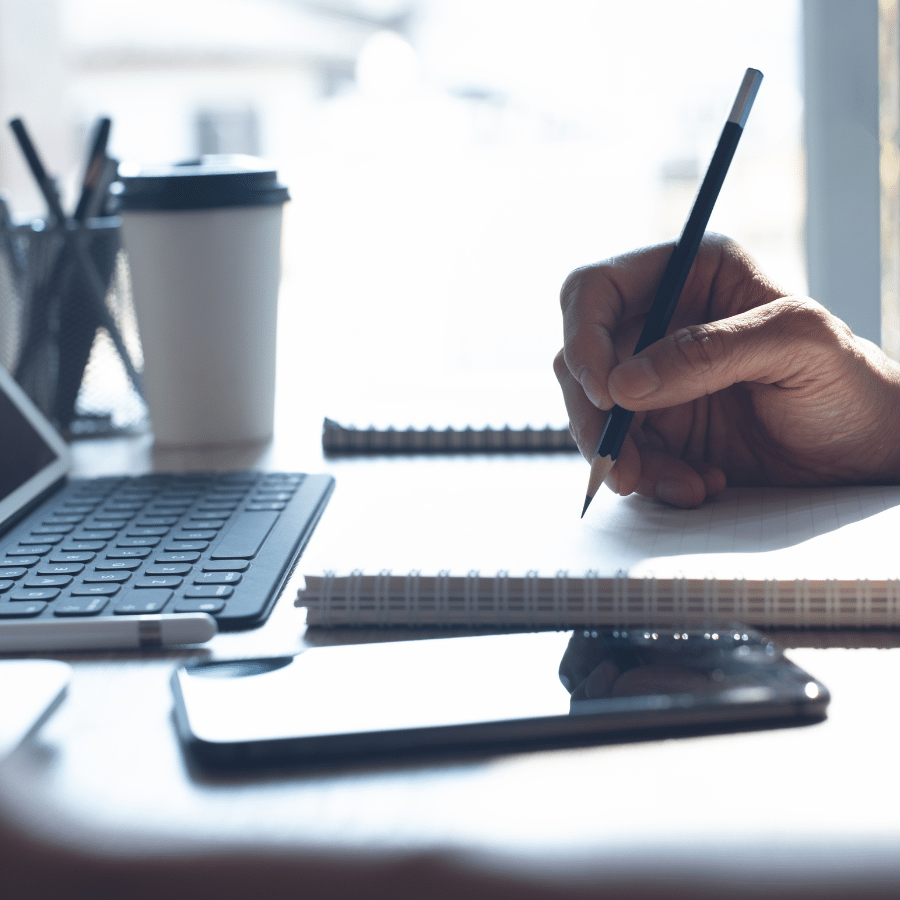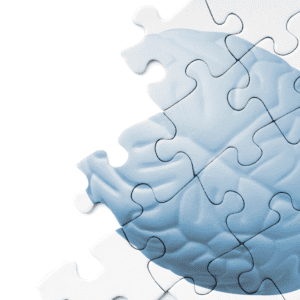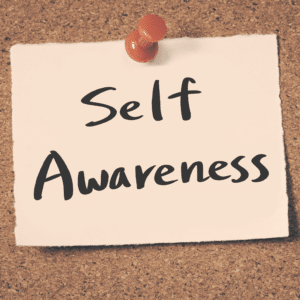개요
If you’re trying to learn something new, it helps to know which learning style you have. This can help you more easily absorb the information and make connections between what you know and what you’re learning.
In this article, we’ll cover:
- 학습 스타일이란 무엇인가?
- 가장 흔한 학습자 유형은 무엇입니까?
- 자신의 학습 스타일을 아는 것이 공부에 어떻게 도움이 될까요?
시각적 학습자
시각적 학습자는 본 것을 기억할 가능성이 더 높으므로 가능하면 시각적 자료를 사용하는 것이 중요합니다. 시각적 학습자는 큰 그림을 보고 나중에 돌아가서 세부 사항을 채울 때 가장 잘 배웁니다. 즉, 시각적 학습자라면 다른 사람들처럼 공책에 몇 단어를 적는 대신 노트북이나 태블릿에 메모를 해야 할 수도 있습니다. 구조나 구성이 없기 때문에 무작위적인 아이디어를 적는 것보다 배우는 내용을 더 잘 이해하는 데 도움이 됩니다!
청각 학습자
Auditory learners are often highly adept at listening and remembering information. They do well when they can hear lectures, music, audiobooks and podcasts. If you’re an auditory learner, try to listen to these types of media while studying so that you can remember what was said or read better.
If you’re an auditory learner who prefers to take notes in class (instead of typing them out on a computer), consider recording yourself reading your notes back as an alternative way of absorbing information from lectures or textbooks that may not have been covered by the professor on the day he/she gave them out.
운동감각 학습자
Kinesthetic learners are often good at sports, other physical activities and have a hard time sitting still because they’re always moving. They like to touch things and use their hands to learn. Kinesthetic learners tend to learn best through hands-on activities such as building something or doing a craft activity.
Kinesthetic learners need movement in order for their brains to process information effectively. If you’re a kinesthetic learner, make sure that you get up from your desk every once in awhile so that you can stretch or walk around the room while taking notes or listening during class discussions.
촉각 학습자
Tactile learners learn by doing, rather than by listening or reading. They like to touch things and often enjoy hands-on activities. Tactile learners may have a hard time sitting still, as they are easily distracted by their environment. When studying, you should use visual aids (such as diagrams) when explaining concepts so that they can see it more clearly in their minds’ eye.
This is also the type of learner who will benefit most from taking notes during lectures; this helps them retain information better than if they just listen without writing anything down!
언어 학습자
Linguistic learners are the people who enjoy reading, writing and learning new words. They like to read and write and they like to learn new words. They use language in their everyday life and can easily express themselves verbally or in writing.
Linguistic learners often prefer traditional methods of studying such as listening to lectures, reading textbooks and taking notes because these activities help them reinforce what they are learning by reinforcing their knowledge through repetition (e.g., reading over your notes).
좋은 학습 스타일은 학습을 더 잘하는 데 도움이 됩니다.
A good learning style can help you learn better. Certain people have a natural ability to engage with and retain information, while others struggle to make the most of their education. If you’re struggling with school, it’s possible that your own learning style is working against you.
The different learning styles can be used to help each other. For example: if someone has a visual learning style but struggles with math, he might benefit from using flashcards or a whiteboard when studying for an upcoming test; this will force him into an active role as opposed to simply reading over notes again and again until they sink in (which doesn’t always happen).
결론
학습 스타일은 더 잘 배우는 데 큰 도움이 될 수 있습니다. 뇌가 어떻게 작동하는지 더 많이 알수록, 공부 시간을 최대한 활용하기 위해 그 지식을 활용할 수 있는 능력이 더 커질 것입니다.









